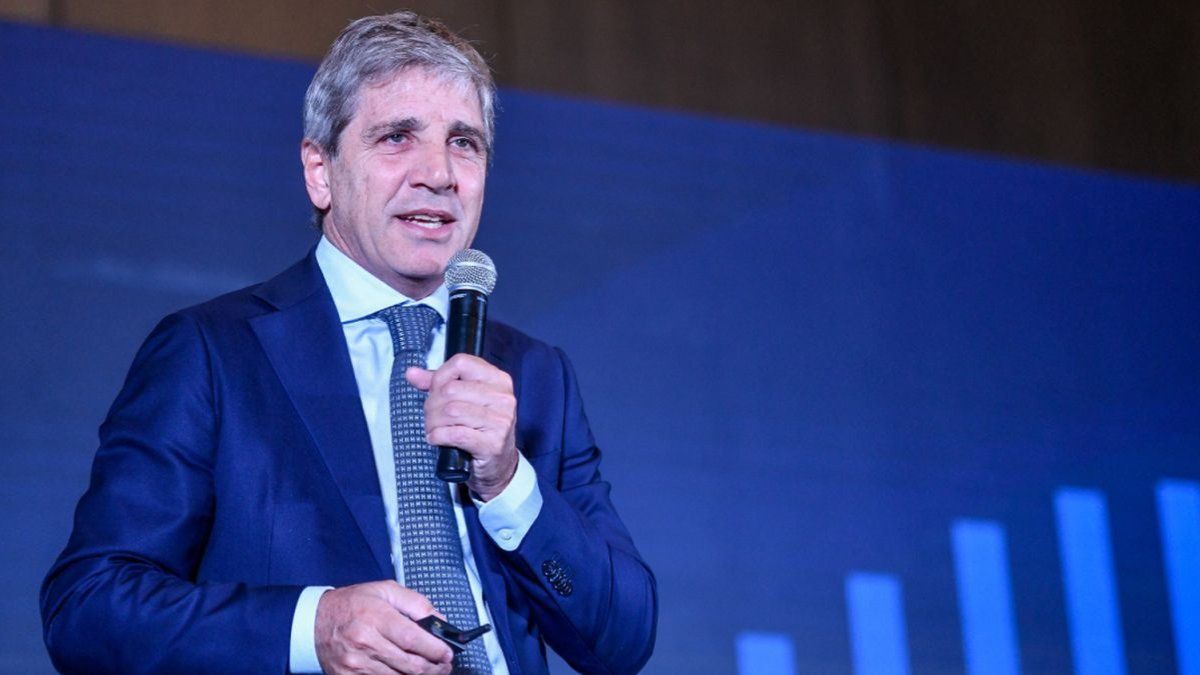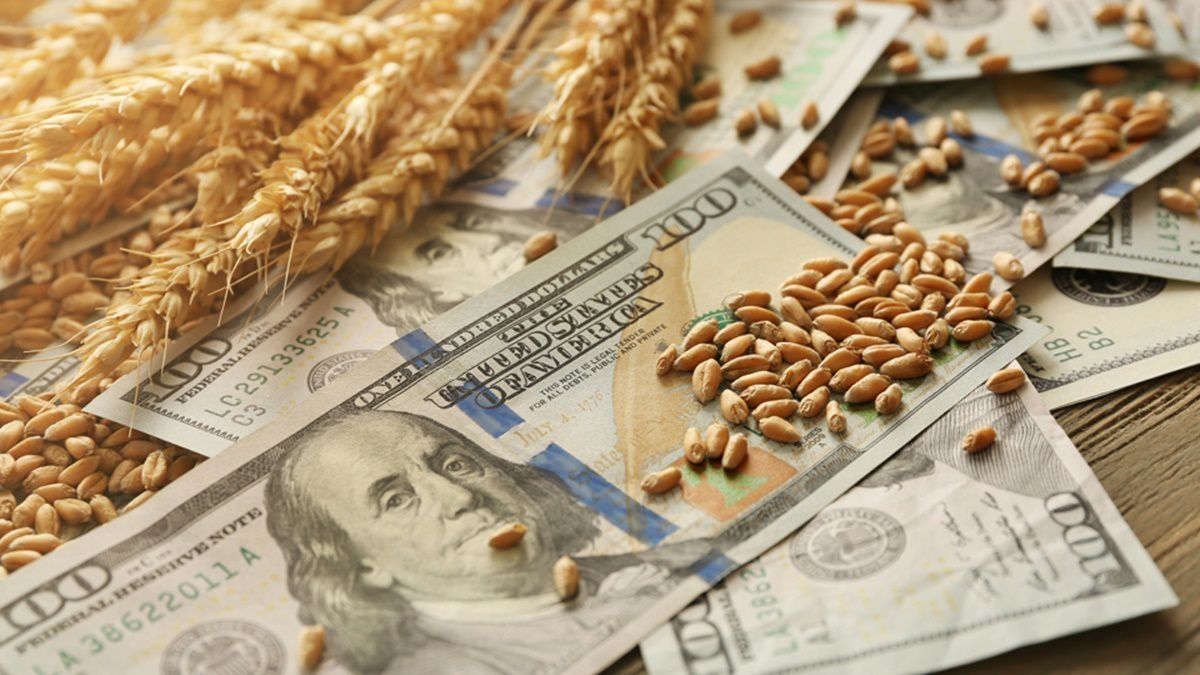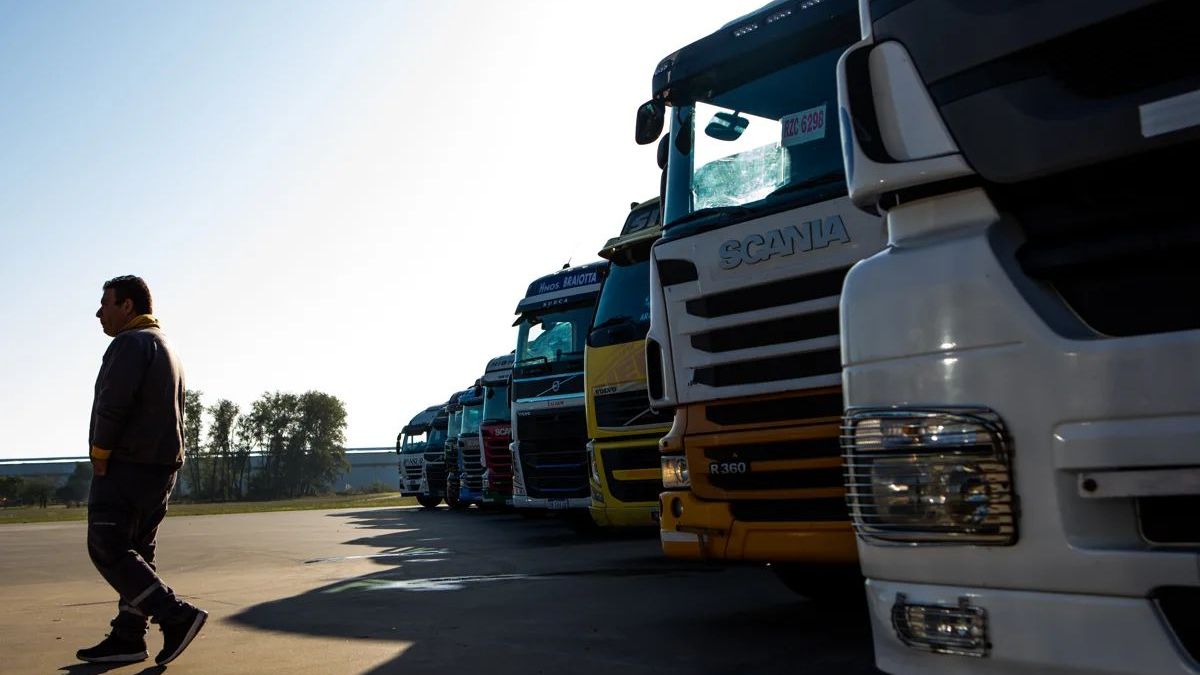The drug traffickers “prefer the port (of Guayaquil) because the majority of exports to Europe and the United States leave through here,” Major Richard Riera, head of the National Police Ports and Airports Information Unit (UIPA), told AFP. ).
Nestled in a poor neighborhood, the port is abuzz. In docks and hangars, trained dogs sniff here and there, while uniformed men cut bananas or pineapples with knives in search of drugs.
Outside, in the streets of Guayaquil and its surroundings, crime sends messages of terror with decapitated bodies hanging from bridges. The overcrowded prisons are bleeding in brutal massacres, which since February 2021 have left 232 dead in that city alone.
The pressed cocaine goes in the famous Ecuadorian bananas, even in plastic replicas, in pineapples, tea drums and other products. In the first quarter of the year, the police seized 15.8 tons of drugs in the port alone, almost four times more than in the same period in 2021.
There is plenty of drugs, but scanners and surveillance personnel are lacking. Reviewing some 2.4 million containers a year “is a daunting task,” acknowledges Riera.
The port on the Guayas River, which connects with the Pacific, has 12 private terminals and moves 85% of Ecuador’s non-oil exportsabout 25 million metric tons of cargo per year.
More non-intrusive scanners are needed, the kind that do not harm bananas or shrimp, officials say. In Ecuador there is only one of these special devices in the Posorja terminal, near Guayaquil.
The port of Guayaquil is today the “main logistics hub for cocaine going to Europe and the rest of the world,” the United States Office of International Narcotics Affairs warned in a recent report.
Cocaine seizure in Guayaquil
Photo: Europe Press
located between Colombia Y Peruthe largest producers of cocaine, Ecuador seized a record 210 tons of drugs in 2021 (96 in Guayaquil).
The white powder crosses borders until it reaches Guayaquil for shipment to the United States and Europe, where demand has grown. 34% of the seizures were destined for the European market and 11% for the United States, according to the police.
“Our country stopped being a collection center, to become a drug distribution platform at an international level,” says General Giovanni Ponce, anti-narcotics chief.
Violence associated with drug trafficking is also on the rise. In Guayas alone, the province where Guayaquil and its port are located, there have been 404 homicides this year, 78% of them related to drug trafficking, the official said in an interview with Teleamazonas.
The offensive against the illegal business is concentrated in part in the port of Guayaquil. The agents manually check 20% of the containers and verify that the exporting company is not a front for the mafia. Wolf and Jessi, two German shepherds, work alongside the uniformed men.
They throw a ball towards the shipments. They sniff for ten minutes. “You can’t tire them out too much, otherwise they won’t find the drug,” explains Major Riera.
The drug traffickers have come to put liquid drugs in tea drums. The contaminated load passed the scanner but was detected thanks to the dogs “perceiving the smell of cocaine,” the officer recalls.
Exporters are desperate with the frequent “contamination” of containers. The gangs usually break the seals on a package, remove the legal cargo and insert the bricks of cocaine, in a modality known as “blind hook”.
The most affected are the banana exporters. They add the drug to fruit containers on highways or in ports. “We are the main victims because we move 7,000 weekly containers of bananas in the ports,” says Richard Salazar, president of the union.
The banana growers invest, per container, about 200 dollars in satellite surveillance and in the custody of the shipments through private guards.
When a drug seizure occurs, the authorities retain the entire shipment as evidence, which ends up damaging the fruit and causing losses. “Nobody assumes the cost (of the loss), each container costs 12,000 dollars,” adds Salazar.
Source: Ambito
David William is a talented author who has made a name for himself in the world of writing. He is a professional author who writes on a wide range of topics, from general interest to opinion news. David is currently working as a writer at 24 hours worlds where he brings his unique perspective and in-depth research to his articles, making them both informative and engaging.




